HMRC Invoice Requirements
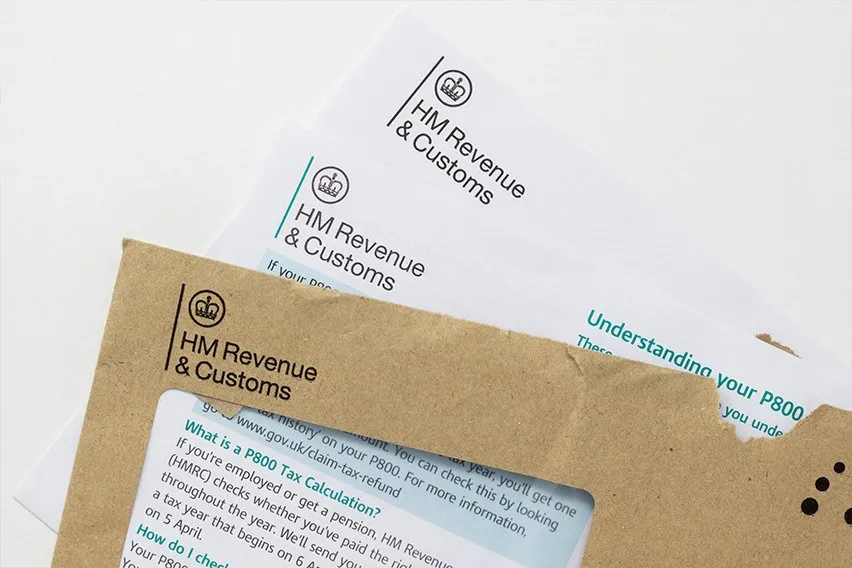
A consistent invoicing system is an integral part of your business record keeping. In the UK, invoicing is a legal requirement if you are trading with another business and you are both value added tax (VAT) registered. Otherwise, it’s a best-practice model that comes with precise definitions and obligations for both you and your customers.
Here’s What We’ll Cover:
Why Does My Invoice System Matter to My Business?
Is It a Legal Requirement to Give a Receipt in the UK?
What Is Required on an Invoice in the UK?
What Is a Unique Identification Number?
What Is the Deadline for Issuing VAT Invoices?
Do Invoices Need to Be Signed?
What’s the Deadline for Paying Invoices?
Make Paying As Easy As Possible
Why Does My Invoice System Matter to My Business?
There are three reasons why you should make sure your invoicing is as efficient as possible:
- Reputation: You want your paperwork to look as professional as you
- Get paid on time, every time: A clear layout is crucial to make sure your customers understand their bill quickly and get that payment processed
- Record-keeping simplicity: Getting your invoices properly connected into your accounts keeps your whole system simple to use, saving you valuable time
Perhaps you’ve never really thought about your invoices in much depth before. You know what is on an invoice and, once you’d ticked off the legal requirements, you figured that was ‘job done.’

But you know that how you present yourself to your clients is important. Invoices are one of the many ways you communicate with your customers. They need to nurture those relationships by being easily understood and recognisable as part of your brand. If you’re getting calls asking for clarification about invoices, you know they’re not doing their job as well as they could be.
And it means it’s going to take longer before that money’s in the bank.
Often just a few tweaks to what you’ve got, or switching to FreshBooks’ expertly designed format, will make the big, positive change you need.
Is It a Legal Requirement to Give a Receipt in the UK?
It’s important to understand that a receipt is different from an invoice. HM Revenue and Customs (HMRC) defines a receipt is “an acknowledgment of payment.” And no, you are under no legal obligation to give receipts. They are your clients’ or customers’ proof of purchase, and they can be really useful to you as a record of sales. It’s a good idea to give receipts once you’ve been paid, but it’s not a legal requirement. And other things, like bank statements, can be used as proof of purchase if there’s some kind of issue.
What Is Required on an Invoice in the UK?
You must clearly state ‘Invoice’ on all invoices, usually near the top of the document, so that everyone is very clear about its purpose.
For a document to be considered an invoice in the UK, it must contain the following information:
- Your company name, address and contact details (including phone number and email address)
- Customer’s company name and address
- Unique identification number
- Supply date (when the goods or services were provided)
- Date invoice issued
- Description of goods or services, including quantity (each one on its own line)
- Total of each item or service
- Total amount owed
For non-VAT registered companies trading goods or services in the UK, these pieces of information are always required by HMRC. Depending on your situation, you may also need to add other things to your invoices.
Sole Traders
If you’re a sole trader, you have to include your own name and any business name. You must also put “an address where any legal documents can be delivered to you if you are using a business name.”
Limited Companies
Limited companies must put their full company name, as it is on the certificate of incorporation, on their invoices. Your registered limited company address and number must also be on your invoices. You don’t have to include company directors’ names, but if you put one, you must put them all.
3 Types of VAT Invoices
The only way you are allowed to charge VAT on your sales, or reclaim VAT on the goods and services you buy for your business, is if you create proper VAT invoices. They are a legal requirement of all VAT-registered businesses. And there are three categories of VAT invoices: Full VAT invoice, modified VAT invoice and simplified VAT invoice. Here’s what you need to know about each of them.
What Needs to Be on a Full VAT Invoice?
It’s really easy to make mistakes on VAT invoices. And these mistakes can cost you. You must make sure you know how to invoice VAT. Get out one of your recent VAT invoices and use this as a checklist to make sure you’re covering all your legal requirements.
Full VAT invoices need to include:
- Your business name and address
- Your VAT registration number
- Unique identification number
- Date of invoice
- Date of ‘time of supply’: Sometimes known as the ‘tax point’ (you only need to include this if it’s different from the date of the invoice)
- Your customer’s name and address
- Accurate description of the goods or services you’ve supplied
- Price per item, excluding VAT
- Quantity of each item
- Rate of any discount you’re applying and to what item
- Total amount excluding VAT
- Rate of VAT applied: Be very clear about 0% charges on zero-rated or exempt goods and services
- Total amount of VAT owed
How did you get on? Anything missing? Don’t panic, just add in whatever you need to from now on. Or you can let FreshBooks do it all digitally for you. Just pick a free invoice template and the app will issue VAT invoices directly to your clients.
You must keep copies of all VAT invoices you issue, even if they get cancelled or are sent by mistake. These records of all your VAT sales are crucial to having a fully compliant VAT Return and, essentially, paying the correct amount of VAT to HMRC.
How Is a Modified VAT Invoice Different?
A modified VAT invoice is for retail sales over £250. This type of VAT invoice must have all the same information as a full VAT invoice, with one extra calculation—the total amount owed, including VAT.
What Is a Simplified Invoice?
A simplified invoice can be issued when the total sales are under £250 and needs fewer details:
- Your business name, address and VAT registration number
- The invoice’s unique identification number
- Time of supply (date)
- Brief description of the goods and services supplied
- Rate of VAT per item
- Total amount owed, including VAT
What Is a Unique Identification Number?
This is the number you give each VAT invoice. They must be completely unique. So you can’t repeat any VAT invoice number, even in different tax years. Rules also state that they must be sequential, although we can’t think why you would use them out of sequence.
You can add other letters and numbers to the VAT invoice number, in different sections of the overall code. For example, your customer’s initials, the date and the number of your invoice. Which would look like this: PR-051020-123. Your next VAT invoice would have the number 124, as that is next in the sequence. You must also make sure that no prefixes are the same. You can include whatever information is useful, but the invoice numbers must clearly follow these rules.
This is to ensure that VAT invoices are easy to find during an inquiry or simply to replace lost paperwork. There must be no confusion about who the invoice was issued to. Although HMRC consistently refers to this as a unique identification number, most people just call it the unique invoice number, or invoice number.

What Is the Deadline for Issuing VAT Invoices?
If you’re a mature business, you know that VAT invoices must be sent within 30 days of the ‘time of supply,’ or date of advanced payment. No business wants to delay sending invoices. The longer you leave it, the longer you have to wait for payment.
Time of supply is also known as the tax point. This means “the date the transaction takes place for VAT purposes.” Each transaction must have a tax point because it’s one of the legal requirements of your invoice, it pinpoints which VAT period it belongs in and which VAT return it should be recorded on.
The date of supply for services is the date of completion. The date of supply for goods is when they are collected, sent or “made available.”
If the transaction doesn’t need an invoice, the tax point is the date of supply. The tax point is the date of invoice, if a VAT invoice is issued. Or, if the VAT invoice isn’t sent until 15 days after the date of supply, then the tax point is the date of supply. If you’ve received payment up-front, then the tax point is the date you get payment if there’s no invoice. Or the earliest between the payment and invoice dates, if the invoice is also given in advance of supply.
Trading Abroad
If you are trading internationally, you need to be careful how you record the VAT element of the transaction. The actual amounts don’t always have to be shown in sterling. But you do have to show how much total VAT is owed, if you supply in the UK. And, should a passing VAT officer ask to see your invoices, you will need an English translation within 30 days. To avoid this potential last-minute stress, it seems sensible to translate as you go.
If you’d like to send an invoice to an international customer in their preferred language, let FreshBooks do the translation for you. You just have to pick the language. Imagine how impressed your clients will be that you’ve gone out of your way to save them time.
Do Invoices Need to Be Signed?
No, UK invoices do not need to be signed by you or your customers. You need to choose the correct type of invoice for your business. Then just include all the information that’s applicable to that type of invoice, like description of goods and services, price charged per item, total amount of VAT charged and VAT registration number.
What’s the Deadline for Paying Invoices?
By law, you must be paid within 30 days of your customer getting your invoice for your goods or services. It might be better for your business to set up your own payment term, which you are completely entitled to do. You can state seven days, 14 days, payment on receipt, partial payment up-front and the rest at the end of the work. You must include these payment terms within your terms and conditions, and have them officially agreed on before you start any work.
Top FreshBook Tip for Getting Paid
Make sure you have the correct name and email address of the person in charge of settling invoices. Especially in larger businesses, it’s likely this will be in a completely different department to your main contact for the project.
Make Paying As Easy As Possible
Although it’s not on HMRC’s list of ‘must haves,’ remember to include how your clients can pay you. FreshBooks enables a full range of payment types: Online credit card payments, multi-currency arrangements taken care of, and fast bank deposits are just some of FreshBooks’ payment features that businesses love. Mainly because they provide such good value to their own clients—it just makes good sense to include all your payment options on your invoices.
RELATED ARTICLES

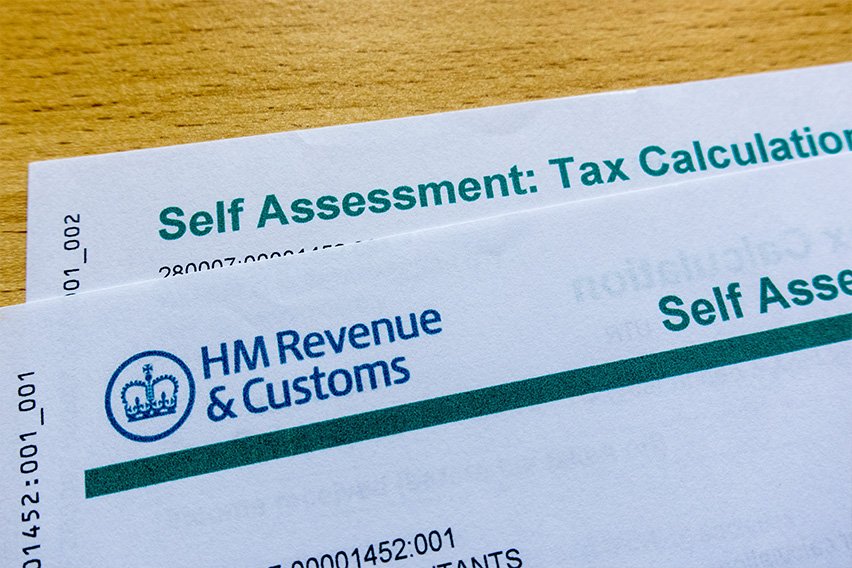 How Does HMRC Know About Undeclared Income?
How Does HMRC Know About Undeclared Income?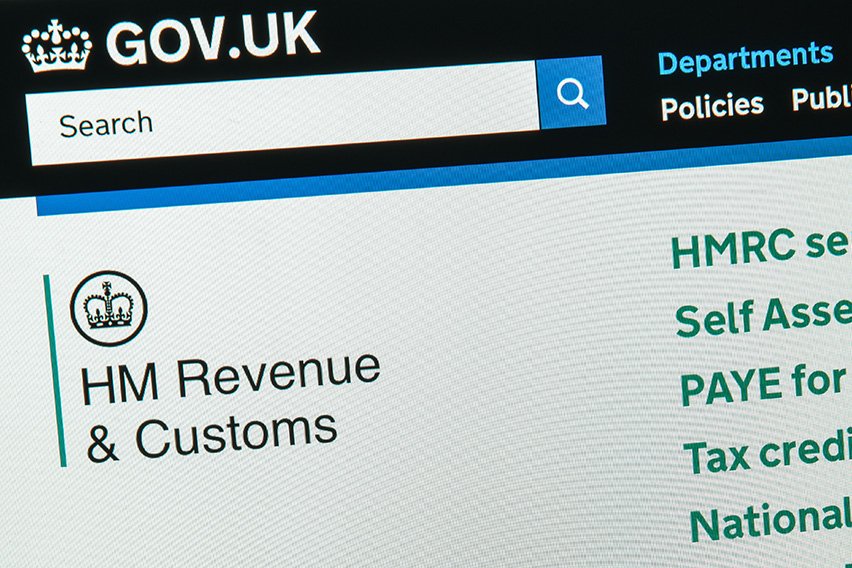 How To Contact HMRC About Tax Code
How To Contact HMRC About Tax Code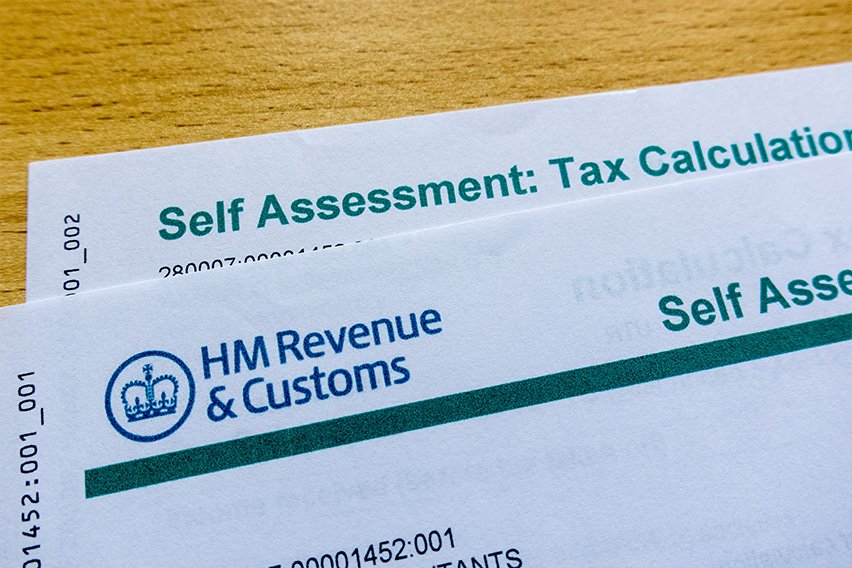 How Does VAT Work: An Overview
How Does VAT Work: An Overview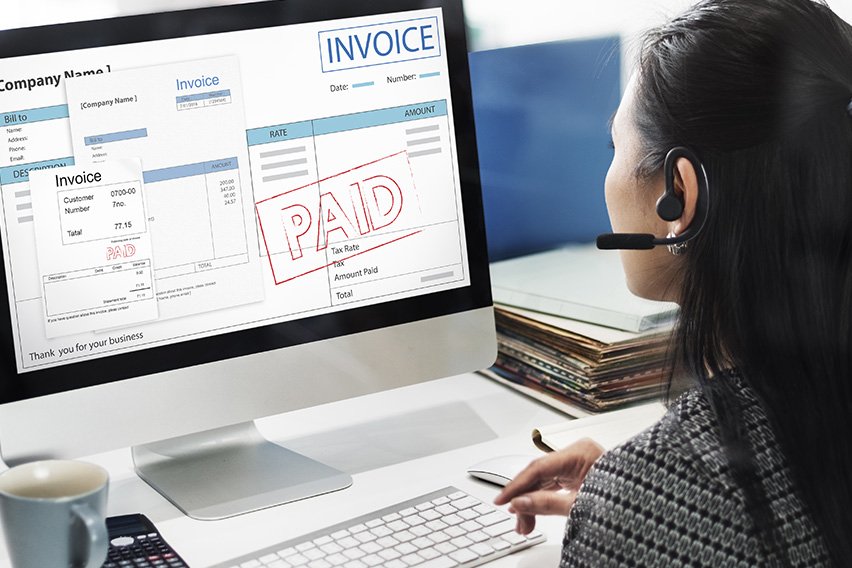 Do You Know How to Pay Your UK Gov, VAT Bill Online? Learn How to Pay VAT Online in Our Quick Guide.
Do You Know How to Pay Your UK Gov, VAT Bill Online? Learn How to Pay VAT Online in Our Quick Guide.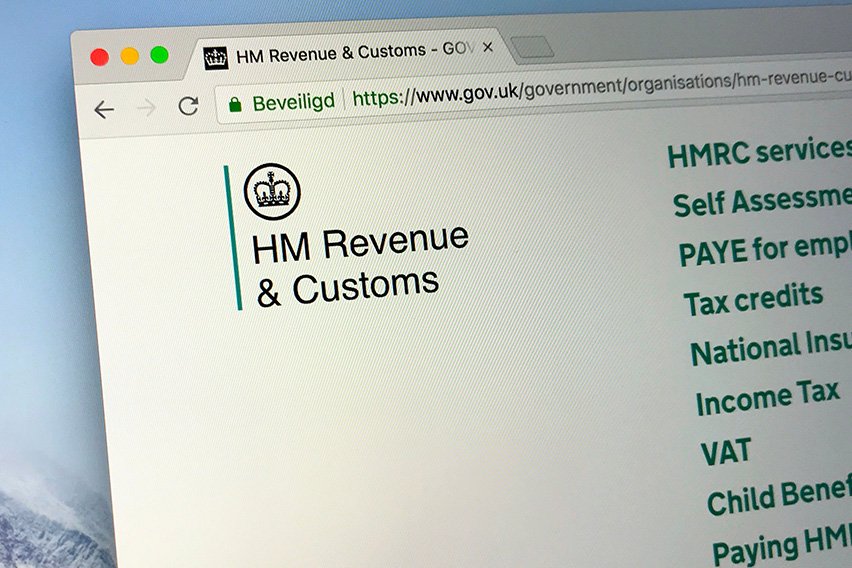 Can You Live Chat With HMRC?
Can You Live Chat With HMRC?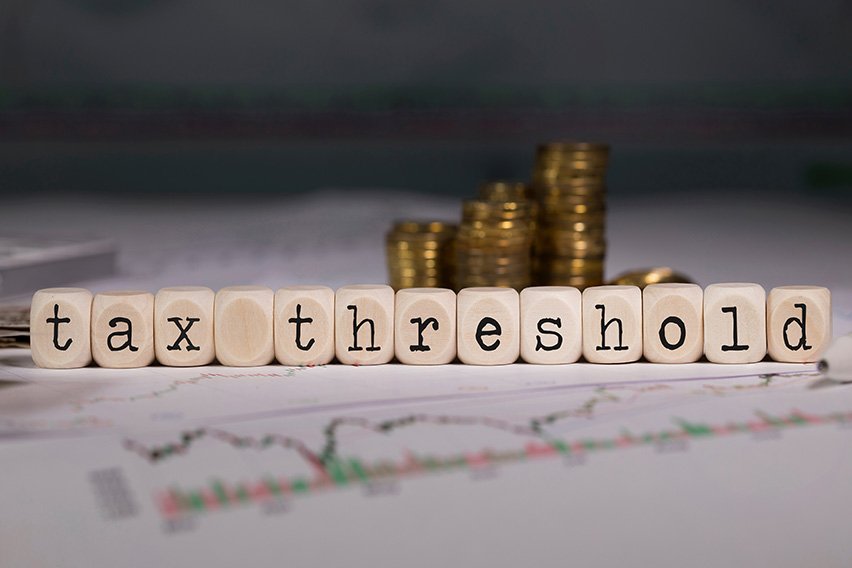 Income Tax Threshold, Rates, and Allowances for 2025-26
Income Tax Threshold, Rates, and Allowances for 2025-26